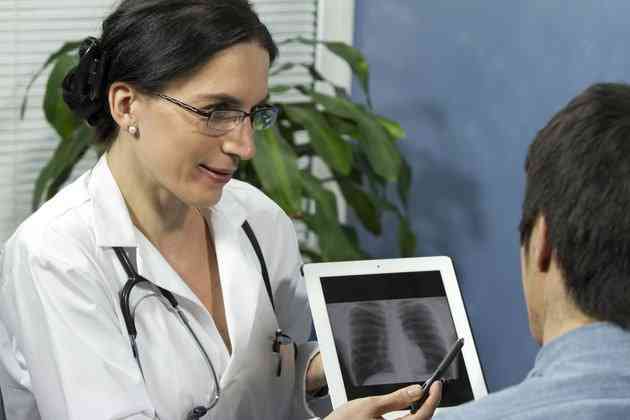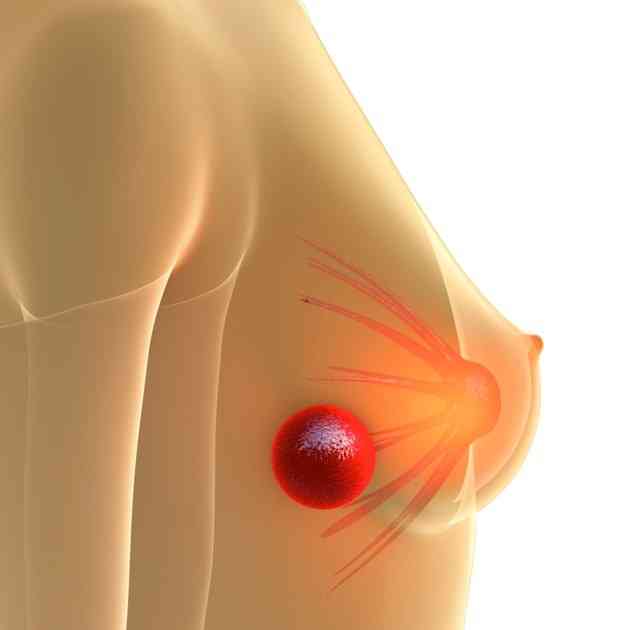Characteristics of Cardiac Muscle Tissue

Cardiac muscle is specialized tissue that is found only in the heart. It has characteristics similar to both smooth and skeletal muscle tissue, as well as specialized properties, that allow it to function with fast but sustained contractions, rapid conduction and coordinated movement. There are also differing types of cardiac muscle tissue that allow for both strong and coordinated contractions.
 Young woman jogging slowly (Image: dolgachov/iStock/Getty Images)
Young woman jogging slowly (Image: dolgachov/iStock/Getty Images)Characteristics of Cardiac Muscle
Cardiac muscle is characterized by striped muscle fibers, connected together by intercolated disks, where the membranes are specialized to allow electrical signals to pass easily. Like smooth muscles, cardiac muscles can remain in contraction for a sustained period. Like skeletal muscles, cardiac muscles also contract quickly. The formation of contractile proteins in cardiac muscle cells also allows for stronger contractions when the fibers are stretched, which makes the heart pump more efficiently.
Types of Cardiac Muscle Tissues
There are various types of cardiac muscle cells in different locations in the heart. In the atria and ventricles, the cells are strong in contraction and interconnected. In the area between the atria and ventricles there is a non-conductive fibrous tissue that serves to separate the contractions of these areas. There is another type of cardiac muscle tissue between the atria and ventricles, along the conduction pathways of the heart. This type of muscle tissue has very few contractile fibers but conduct electrical signals very well. Finally, there is a type of cardiac muscle tissue with a regular contractile rhythm at the SA and AV nodes. SA and AV nodes are locations in the heart that act as pacemakers for heartbeats. Each of these types of tissue contributes to the overall coordination of the heart's rhythm.
Coordination of Cardiac Muscle Contraction
The heart muscles will naturally beat at various rates depending on their location and type. A contraction is initiated about every second, covering the entire top of the heart. Signals are timed to allow blood to fill the heart before it contracts, pumping blood to other areas of the body.




